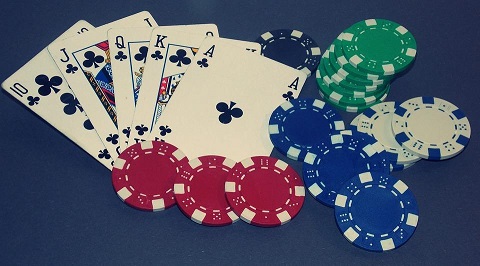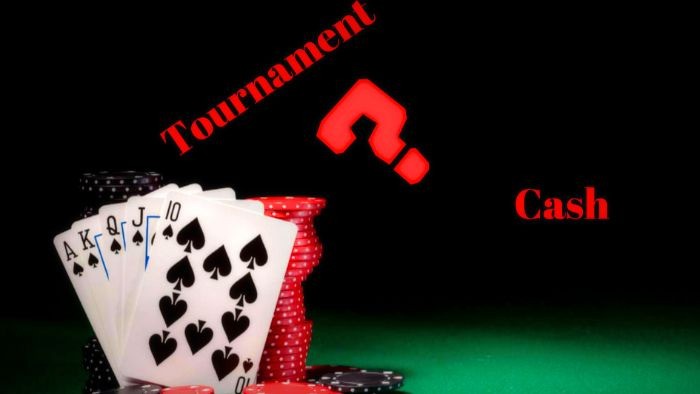Texas Holdem Bluff Strategy
10 Essential Texas Hold’em Strategy Moves: The Bluff Catcher Winning at poker isn’t all about the fundamentals. There are a handful of special power moves that, when mastered, can make the difference between winning a little and winning a lot. It makes sense, as it is one big part of the poker game, especially for Texas Hold’em. Sometimes a well-timed bluff can make you a lot of money, but it is not as simple as lying – there is a trick. Knowing when to pull a bluff and what you can get from it can make a difference between winning and losing. Part of Texas Hold’em For Dummies Cheat Sheet. What makes any poker game exciting, and Texas Hold’em is certainly no exception, is that players can bluff at any point. Sometimes half the fun of a game is seeing whether you can successfully bluff an opponent out of some money. Including a four and five bet bluff in your poker strategy seems risky but can pay off in many spots - read more here. Preflop four and five bet bluffs are one of the most exciting aspects of no limit hold'em.
Texas Holdem Bluff Strategy Game
Preflop four and five bet bluffs are one of the most exciting aspects of no limit hold'em. They keep the televised poker viewers and online cash game railbirds alike on the edge of their seats. Aggressive preflop actions remind us how fascinating and volatile of a game no limit hold'em actually is.
4bet/5bet Game and Micro Stakes


First things first. Before we touch on the theory of 4bet and 5bet bluffs it's important to point out that this part of the strategy isn't very important when playing micro stakes. There's one big reason for that.
Since the general population of micro stakes players still consists mostly of loose-passive recreationals and tight/nitty regs the default ranges for 4bets, 5bets, and even 3bets are relatively strong and therefore don't leave much room for the bluffing game. If someone only 4bets you with the value range that he/she intends to stack off with there's no point in ever bluff 5betting him.
Basic 4bet and 5bet Math

Let's start with some basic math. We'll make our way from some standard preflop situations all the way to the 5bets to see what our baseline should be when it comes to 4bets and 5bets.
Assuming 3bb open raise preflop you need to win the blinds (1,5bb) 67% of the time to show a profit and therefore blinds must defend the combined total of at least 33% of the hands to prevent you from doing so.
If you 3bet a 3bb open raise to 9bb you also need to win 67% of the time to automatically show a profit ([risk/risk + reward] 9bb / 9bb + 4,5bb = 0.67) and therefore open raiser must defend at least 33% of the hands to prevent you from doing so.
Now for the fun part. If we assume somewhat arbitrary (but also close to the standard) 4bet sizing of 19.5bb using the same equation as above we can figure out that we need to win around 59-60% of hands to show the instant profit.
5bet all-in in a 100bb deep situation (remembering all of our previous assumptions - preflop 3bet to around 9bb leaves around 91bb in the stack for a 5bet) has to work around 73% for instant profit so the 4bettor has to defend with 27%.
This is our baseline when it comes to preflop odds, but it doesn't mean that every NL10 player should be hard at work figuring out which 27% of his/her 3bet range should he defend against fellow opponents because in reality NL10 regulars won't try to relentlessly 5bet you with enormous ranges for the sake of auto profit.
Common Bluff 4bet and 5bet Opportunities
Let's talk a bit about cold 4bet bluffs which actually have the potential of adding to the micro stakes player's win rate when used sparingly. We mentioned before that average 4bet and 5bet ranges at micros aren't very wide but this doesn't necessarily ring true in the same way for 3betting ranges.
Sure you'll find many micro stakes nits that you shouldn't mess with once you see them making an aggressive preflop action, but at the same time, the more competent regulars start to experiment with wider 3betting ranges (used most often as a value heavy isolation play or bluff heavy squeeze play).
When you see a regular with higher than average 3bet frequency (>7% is a good rule of thumb) isolating a recreational player with a 3bet and you happen to hold a good set of blockers that you can't call with like a suited Ace or KQ it might be a good idea to turn some of those combos into cold 4bet bluffs to balance out your value 4betting range. Keep in mind that I only mentioned suited Ax blocker, because including offsuit combos into your bluff 4bet range can very quickly make it way too loose.
Using 5bet bluffs at micro stakes is rarely useful except for including it as a tiny part of your blind defense strategy.3betting a wide range from the blinds is very common these days. You might even elect not to passively defend any hands from the small blind and instead, 3bet every combination you wish to defend with. In that case responding only with value 5bets every time a button or cut-off stealer decides to 4bet you might be insufficient.
GTO
As we already pointed out going nuts with the 4bet and 5but bluffs at the micro stakes can be very risky, very costly and is often simply not necessary. Different poker limits allow for different 'mistake thresholds' for winning players. That 'mistake threshold' at NL2 is so big that you can completely ignore bluff 4bet/5bet game and still achieve a massive win rate by mastering simpler and more common aspects of the game like thin value bets etc.
Once we move up in limits and the edges become smaller and smaller it might be a good idea to spend a bit more time considering different 4bet and 5bet ranges. Tools like Flopzilla, PokerSnowie, and Piosolver along with a periodic database analysis (allowing you to see how your assumptions work in practice) are perfect for the task.
More Top Rated Content
Articles
- Six Plus Hold'em Hand Rankings
- Six Plus Hold'em Rules & Strategy
- Six Plus Hold’em Starting Hands
Coaching Videos
Texas Holdem Bluff Strategy Chart
- Optimizing Sleep for Poker Success
- Hypnotherapy in Poker
Texas Holdem Bluff Strategy Guide
No poker player can win his/her way to the pot without bluffing. In other words, poker success is almost impossible for players who haven’t learned the art of bluffing. The strategy of bluffing in poker can be defined as behaving in such a manner that opponents believe you have a better hand than you actually have.
The value of a bluff depends on when it is made. Poker players cannot bluff just for the fun of it; they need to study the gaming situation and analyse it well before they can make a bluff that truly works.
The following is a short bluffer’s guide to Texas Hold’em Poker.
- Never bluff when there are too many players around
Bluffing works best when there aren’t too many players at the table. The only problem is that too many players know this, owing to which a player who bluffs during the last phases of the game may not succeed unless he/she bluffs really well. Beginners must remember that their bluff can cost them a lot if nobody falls for it. They, therefore, need to study their opponents and the gaming situation really well before using this strategy. - Bluff tight players, but carefully
Players who employ a tight style of play are the easiest to bluff. However, the bluffer must remember that tight players are often the smartest. An ideal strategy would be to bluff during the early stages of the game, and if the tight opponent remains unmoved, it generally means that he/she has a very good hand and doesn’t want to give it up. - Bluffing should be scarce on the River
Most of the players would have folded their hands by now, and only two types of players remain playing—the ones who stick on with the hopes of winning the pot and the ones who really have a good hand. A player who has a weak hand can try bluffing under these circumstances as it will force at least a few players left standing to fold.
- Bluff on high-stakes and no-limit Hold’em games
Bluffing is too valuable a strategy to waste on the low-stakes tables because it works only when there is a lot of money at stake. - Late position bluffing
A player who is in late position often has a greater advantage over the other players at the table. He/she gets the chance to make a move only after viewing and analysing the moves of the other players. If none of their opponents have raised, players in the late position can try a bluff, but again it should be a really good bluff otherwise a smart opponent will see through it. - Bluffing on mediocre flops
Most players hardly think twice before folding on mediocre flops, but a smart player can actually use the gaming situation to his/her situation. But players should first determine if bluffing is really necessary in this situation. - Taking advantage of opponents’ weak areas
A good time to bluff would be when opponents are short-stacked. They would be already concerned about their short stack and would swallow the bluff hook, line, and sinker. - Be calm
Bluffing in Texas Hold’em Poker is all about facial expressions. An expert bluffer never gets excited when he/she has a good hand, but remains calm and unperturbed. Players must remember that they are being closely watched by their opponents, and the minute they show through the slightest twitch of their facial muscles that they have got a good hand, the opponents are going to use it to their advantage. - Develop that poker face
All poker players must develop the poker face that is devoid of all expressions or only those expressions that they want other players to see. The slightest change in opponents’ facial expressions can tell smart players a lot about the nature of the cards they hold and smart players can definitely use this information to their advantage. - Body language is also important
The way one twitches, stretches, sighs, moves from one side to the other, rests one’s elbow on the table, and so on and so forth reveals a lot of information about the type of cards one holds. If players do not want their opponents to analyse their body language, they should maintain complete control over their bodies.